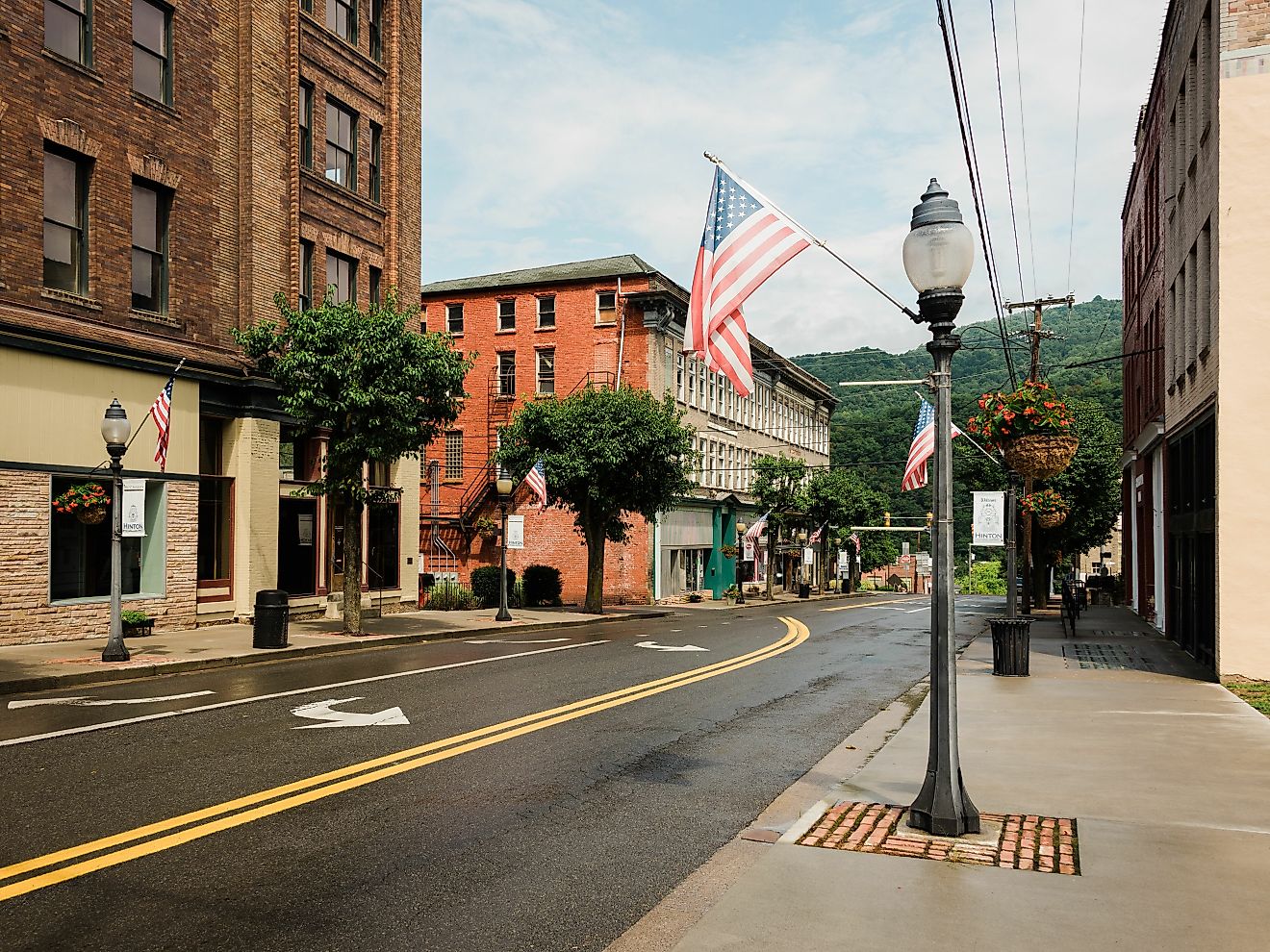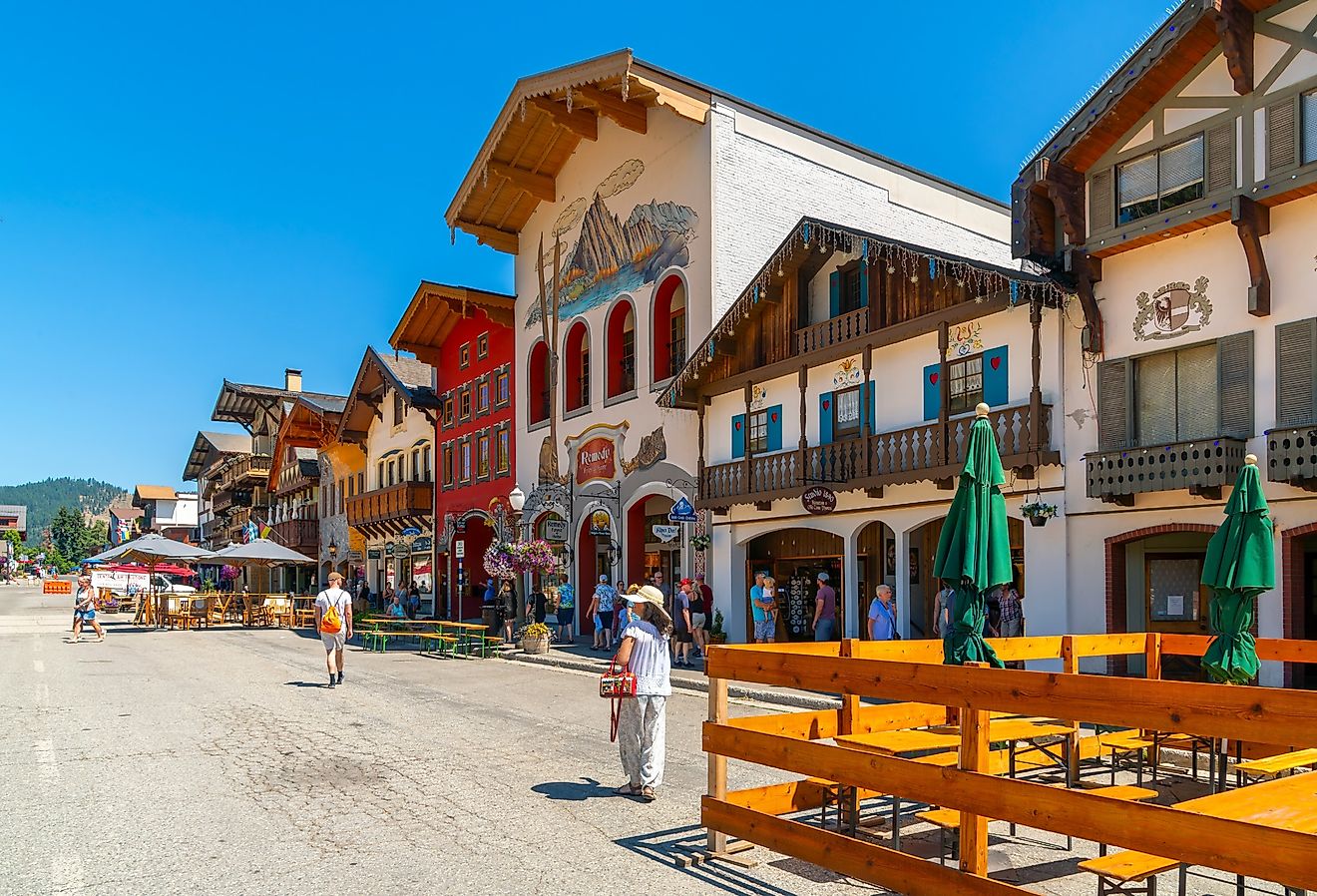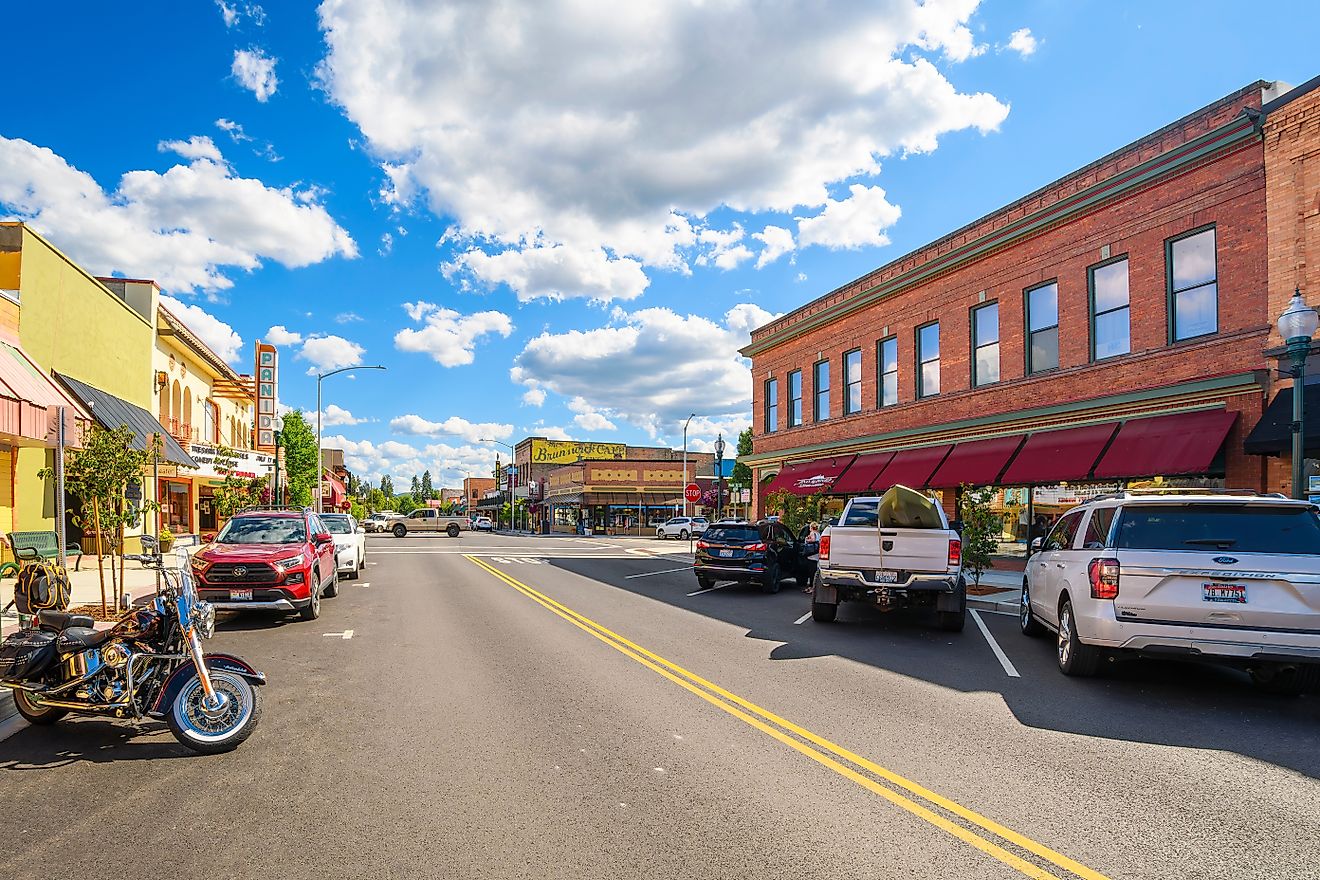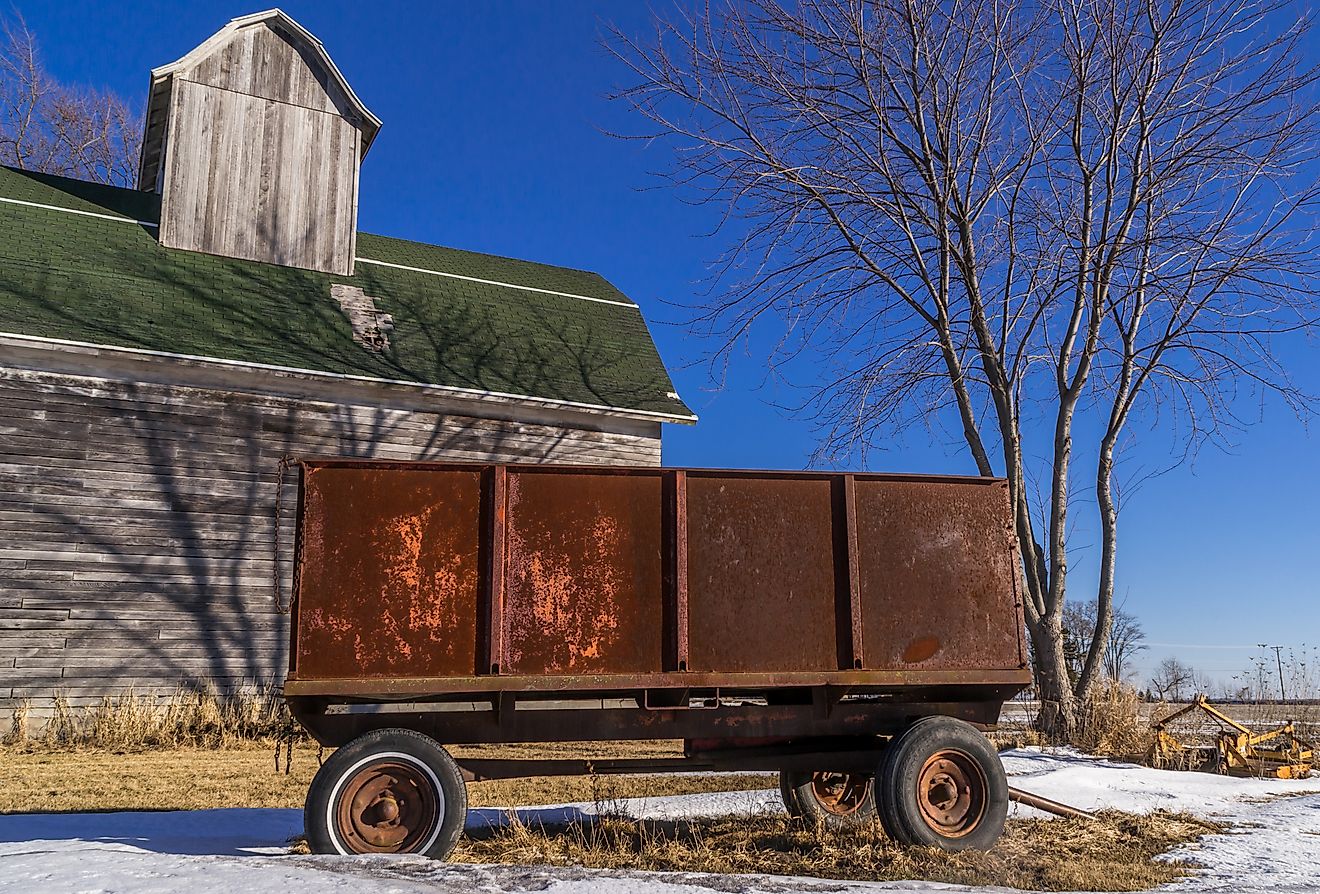
Glacier National Park
Covering an area of 4,100.77 sq. km, Glacier National Park is situated on the Canada-United States border, in the northwestern part of the US State of Montana. The Glacier National Park is bordered in the north by the Waterton Lakes National Park of the Canadian province of Alberta and the Akamina-Kishinena Provincial Park and the Flathead Provincial Forest in the Canadian province of British Columbia. The Park is also bordered by the Flathead River in the west; the Flathead National Forest in the southwest; the Lewis and Clark National Forest in the southeast and the Blackfeet Indian Reservation in the east. Glacier National Park is currently managed by the National Park Service and is one of the most visited national parks in the United States. It has been recorded that about 3.5 million visitors had visited the National Park in 2019.
Geography

The Glacier National Park is characterized by a mountainous landscape that features dense forests, mountain ranges, over 130 named lakes, about 25 active glaciers, and numerous species of flora and fauna. The mountain ranges in the Glacier National Park are a part of the Rocky Mountains. Located in the northern portion of the park is Mount Cleveland, which rises to an elevation of 3,190m and is the highest point in the Glacier National Park.

The most prominent feature of the National Park is its glaciers. It is believed that by the end of the Little Ice Age in 1850, there were about 150 glaciers in the National Park. However, over the years, climate shifts have led to a retreat of the glaciers and currently, there are only 25 active glaciers in the National Park. Some of these glaciers include Harrison Glacier, Sperry Glacier, Gem Glacier, Blackfoot Glacier, Grinnell Glacier etc. The Park also contains numerous spectacular natural features that have been formed through widespread glacial action. Some of these beautiful glacial features include U-shaped valleys, hanging valleys, cirques, arêtes, and horns, smaller lakes known as tarns, paternoster lakes, and moraines. More than 200 waterfalls are found throughout the National Park. The park’s largest waterfalls include the McDonald Falls in the Two Medicine region and the Swiftcurrent Falls in the Many Glacier area. The Bird Woman Falls, which drops about 150m from a hanging valley is one of the tallest waterfalls in the Glacier National Park.

Geologists have estimated that the rocks in the Glacier National Park are Proterozoic sedimentary rocks that are among the best-preserved in the world. These sedimentary rocks which form a part of the Belt supergroup were deposited in the shallow seas about 1.6 billion to 800 million years ago. A geologic thrust fault structure of the Rocky Mountains known as the Lewis Overthrust is found in the Glacier National Park as well as the Waterton Lakes National Park. A thick series of rock strata known as the Appekunny Formation that is believed to be more than 1.4 billion years old have been discovered in the Lewis Mountain Range within the Glacier National Park. Six fossilized species of stromatolites that are more than 1 billion years old have also been found.
Climate

Since the Glacier National Park straddles the Continental Divide and is situated at an elevation of more than 2,100m, different climates and microclimates are found in the National Park. The eastern side of the park experiences strong winds and sunny days, while the western side of the park experiences a milder and wetter climate. Snowfall occurs at any time of the year and mostly during the summer months. Due to its higher elevation, the eastern side of the park faces prolonged cold waves during the winter season. During the tourist season, the daytime temperature averages 16° to 21°C, and nighttime temperatures drop to 4°C. Similar to the other alpine systems, the average temperature in the park usually drops with an increase in elevation.
Flora and Fauna

The Glacier National Park forms the centerpiece of a 41,000 sq. km pristine ecosystem that is often referred to as the “Crown of the Continent Ecosystem”. It is believed that all the flora and fauna that existed when the European explorers first visited the region are still found in the Glacier National Park. More than 1,132 species of plants have been recorded from the park. The Park is mainly dominated by coniferous forests that are home to many tree species like the Douglas fir, Engelmann spruce, limber pine, etc. At the lower elevations, deciduous trees like cottonwood and aspen are mainly found. The areas in the east of the Continental Divide feature a mixture of pine, fir, spruce, and prairie zones. Wildflowers like glacier lily, Indian paintbrush, monkeyflower, and balsamroot are also found.

Two threatened species of mammal, the Canadian lynx, and grizzly bear are found in the Glacier National Park. Other mammals like the black bear, wolverine, mountain goats, bighorn sheep, moose, white-tailed deer, coyote, cougar, elk, bobcat, etc are also found in the park. Over 260 species of birds have been recorded in the National Park. Some of the notable birds that have been observed here include the bald eagle, peregrine falcon, Great horned owl, pileated woodpecker, timberline sparrow, Clark’s nutcracker, great blue heron, etc. About 23 species of fish including the northern pike, mountain whitefish, Arctic grayling, kokanee salmon, etc have been recorded in the waters of the Glacier National Park.
Brief History

Archaeological evidences have revealed that the Native Americans first visited the Glacier area about 10,000 years ago. The earliest occupants of the region include the Cheyenne, Shoshone, Kootenai, and the Flathead (Salish) tribes. The eastern side of the park was occupied by the Blackfoot Indians. The mountains in the area specifically the Chief Mountain, were regarded as sacred by the Blackfeet. In 1885, the American anthropologist George Bird Grinnell visited the area for a hunting expedition along with the noted explorer James Willard Schultz. The Great Northern Railway crossed the Continental Divide at the Marias Pass along the southern boundary of the park. In 1895, about 3,200 sq. km of the mountain area was sold by the Blackfeet to the US government and in 1897, the area was designated as a forest preserve. In 1910, a bill was introduced in the US Congress to designate the area as a National Park. The bill was signed into law by the then US President William Howard Taft and the Glacier National Park was established on May 11, 1910. The Waterton-Glacier International Peace Park comprising parts of the US’s Glacier National Park and Canada’s Waterton Lakes National Park was established on June 18, 1932. In 1979, both the National Parks were designated as Biosphere Reserves. In 1995, the Waterton-Glacier International Peace Park was declared a UNESCO World Heritage Site.











